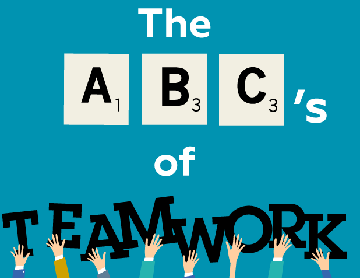Learning to Work with the Digital Age

Many industries have already started to ask key questions: What will the workplace look like in an age of disruption from the status quo? What will employees be doing and how will managers be able to best guide those around them through a digital transformation? How many of the roles around us will be automated, or obsolete? What will ‘work’ look like in the next 10, 20, 30 or even 50 years?
Although these may seem like abstract questions to be asking, they are in fact pivotal questions for any forward thinking organisation and industry to be asking now. While a complete digital transformation may yet be decades away, those who start putting into place policies and practices now are more likely to be ahead of the pack when the disruption does come.
According to many experts in this area, there are a few fundamental forces that are driving change in the workplace:
- There has been a notable shift from traditional hierarchies and social contracts to more flexible working arrangements. Also, work is becoming more project based and collaborative across various teams and networks.
- With the rise of diversity in our professional vocabulary, we are experiencing an increasingly inclusive workforce with individualised work policies to support the diversity around us.
- Increasingly more work is done virtually or remotely.
- Instead of changes taking years to enact, industry has become used to adapting on a continual basis, rapidly reinventing itself as necessary.
- We have accepted that automation is now a part of our lives, and we have developed work around the presence of the automated processes around us.
For many who study the field of digitisation in work, the last point seems to be the catalyst for the previous four. As automation takes over more jobs and more industries, we can tend to think negatively about how many people this will put out of work.
We recommend approaching it from a different angle. Instead of focusing on the loss that comes from automation, we can start to think about the space that is opened up to personal and professional development, ongoing rigour in our pursuit of meaningful, even joyful work, and the possibilities that can come from a digitally agile business.
While this all sounds extraordinary in principle, the real challenge is putting this attitude and the policies that come with it into practice. In an age when technology reigns supreme, people will still remain a company’s greatest asset. After all, collective knowledge, collaboration and innovation are fuelled by people, not algorithms or disruptive technologies.
So, how do you embrace the technological onslaught while still maintaining the strong position of your people? In short, not without a lot of planning and with digitally agile people at the helm. Research suggests that it will take a few key underlying capabilities to succeed in this task:
- Hyper-awareness – the ability to gather and analyse data from employees, contractors, customers, competitors and the changing marketplace. For us in the field of developing people, this means gathering as much information as we can through in-depth surveys such as the annual L.E.A.D. Survey to inform future decisions according to the changing market. How are you staying in touch with your industry and the changes that are happening within it?
- Informed decision making – namely, the ability to use the collective intelligence, talent and creativity of the workforce to make good strategic and operational decisions. How are you using the talent around you to hone decision making for the future?
- Execution with agility – the ability to act quickly to find the talent needed to elevate the organisation to the next level and ensure that those loyal to the company are given the tools and training to continue to work to achieve the strategic goals of the company.
While it sounds like a lot to be aware of, there is one underlying factor that can assist in facilitating any amount of change or disruption: that is the willingness to change. New capabilities call for a fundamental desire to listen to those around you and accept the need for change. Digital changes emphatically insist on a willingness to accept them. To be able to face the coming changes, the way we work on a daily basis needs to be examined and adapted, and new ways of thinking need to have the space to come into our workplaces for the better of everyone involved. LMA offers a wide range of courses related to this field, click here to check them out!



